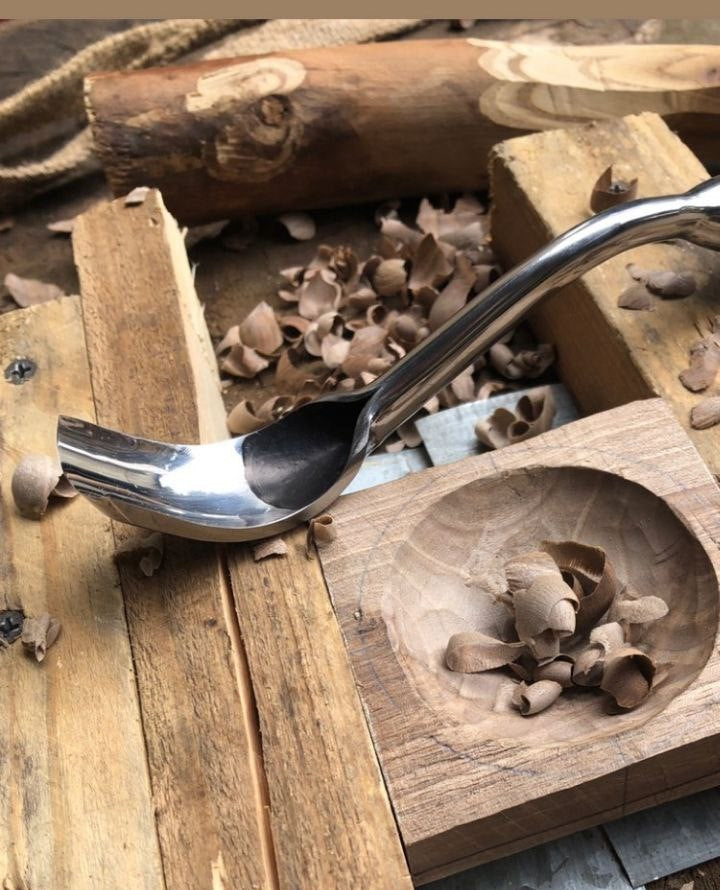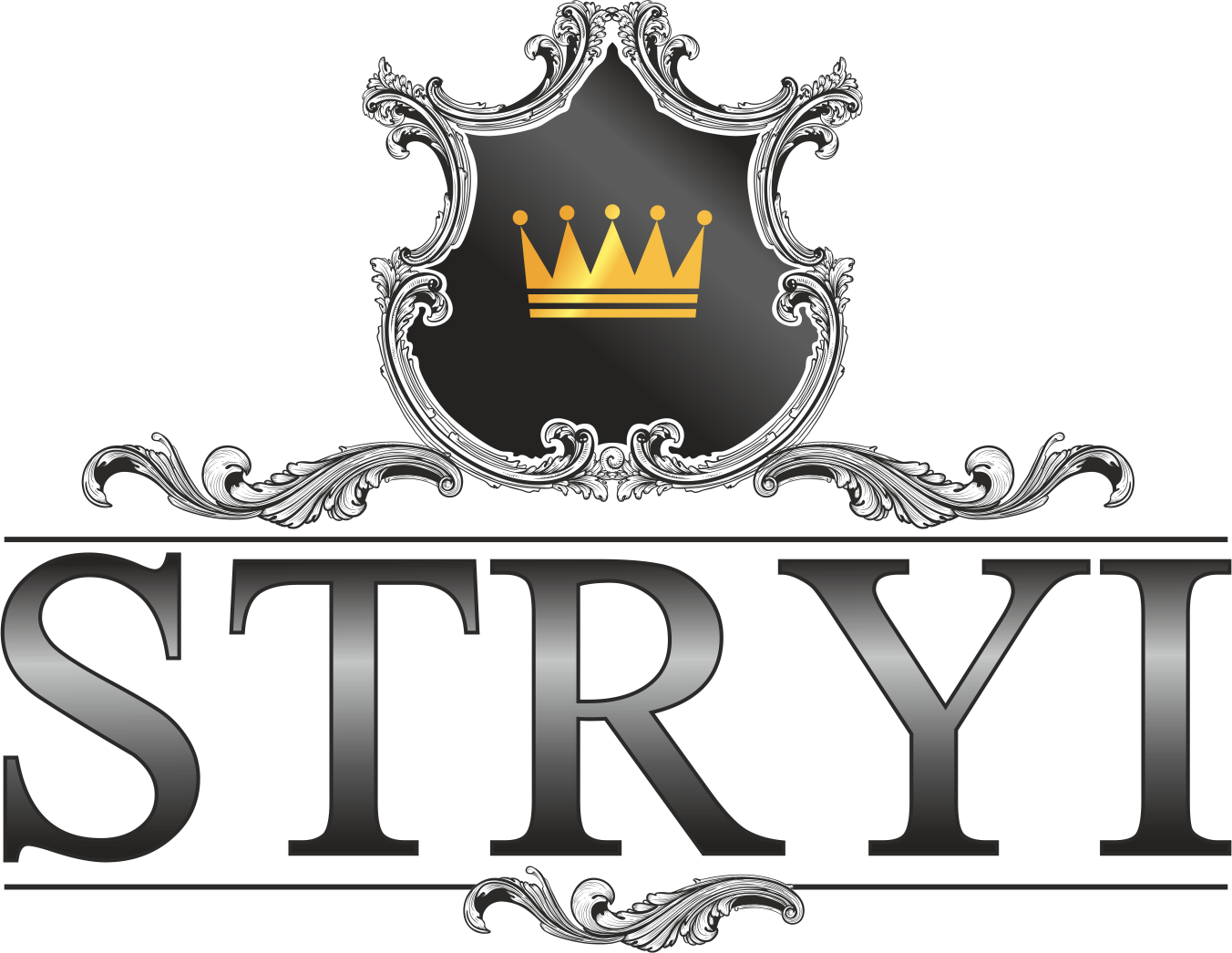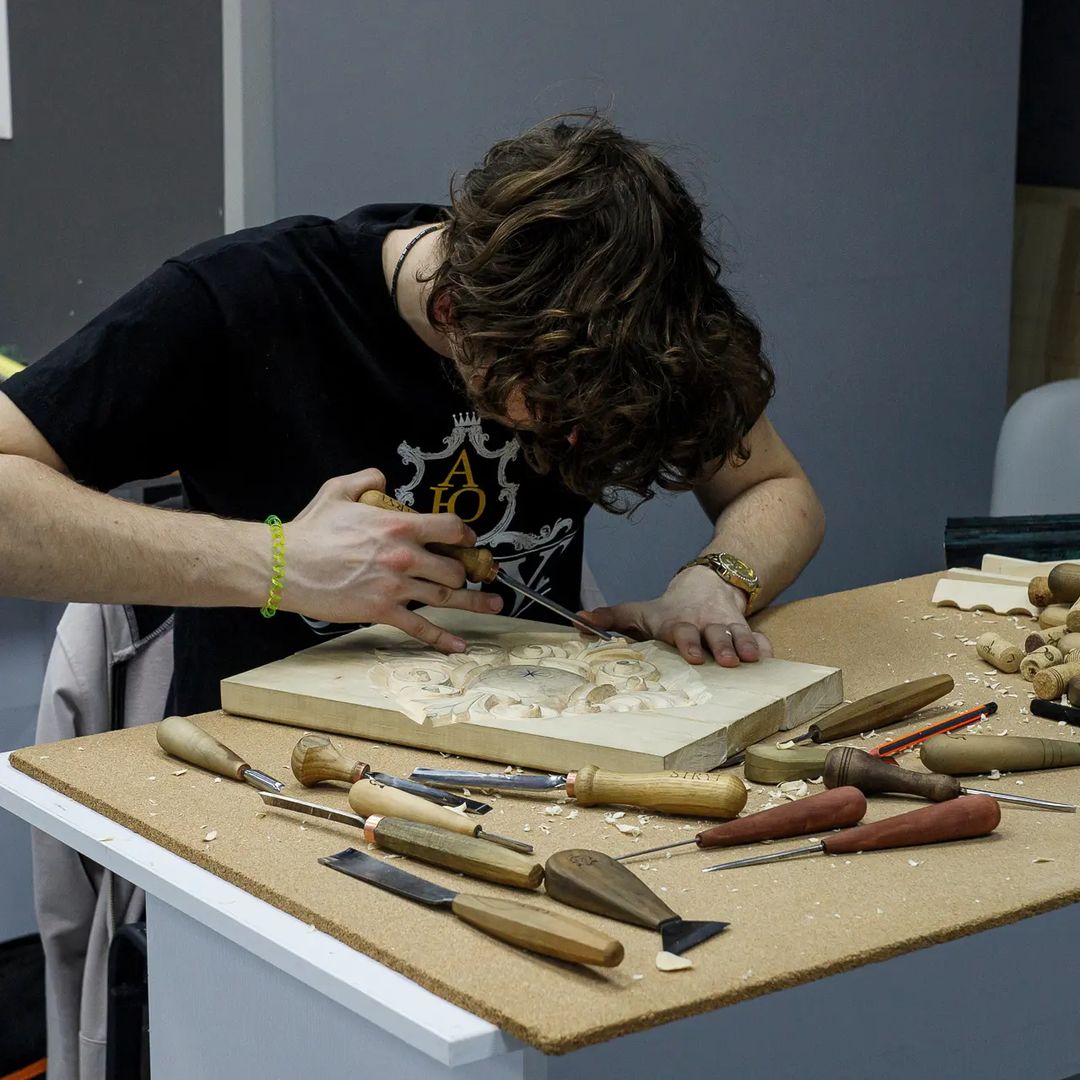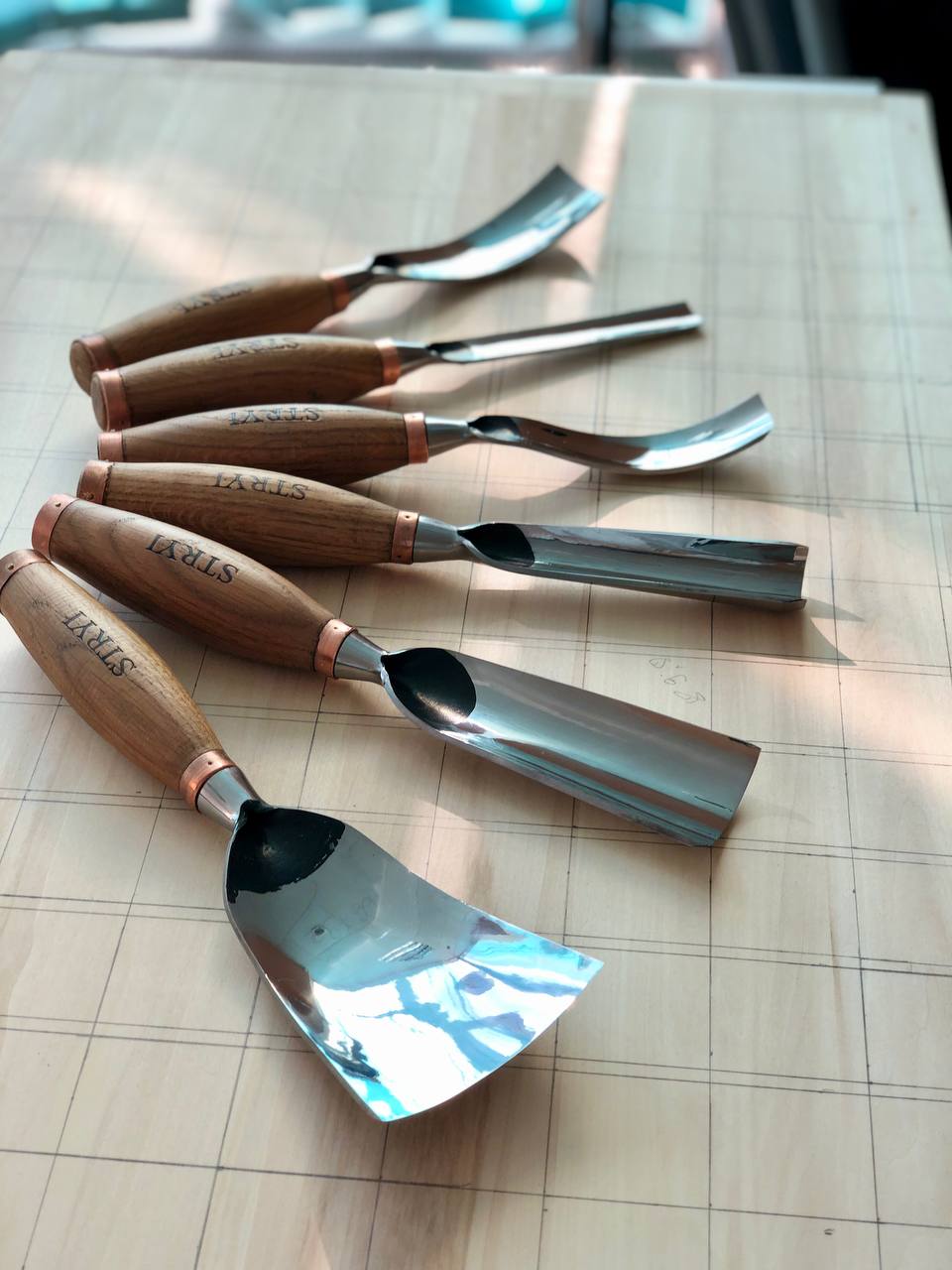Learn about the best spoon and bowl gouges for wood carving in our latest blog post. Discover tips on selecting the right tools, techniques for effective carving, and expert advice to enhance your craftsmanship. Perfect for woodcarvers of all skill levels!
Unique Line on Large Bent Gouges (Swan Neck Gouges) VS Short Bent Gouges:
How to Choose the Best Size of Cutting Edge
Wood carving is an art that requires precision, skill, and the right tools.
Among the myriad of tools available to woodcarvers, large bent gouges and swan neck gouges stand out for their unique shapes and specialized uses.
Understanding the differences between these tools and knowing how to choose the best size of cutting edge can significantly enhance your carving experience.
Understanding Large Bent Gouges
Large Bent Gouges are designed with a pronounced curve along the shaft, which allows for deep, concave cuts. This unique shape makes them ideal for tasks such as:
- Hollowing out bowls
- Creating deep grooves
- Working on concave surfaces
The curvature of the gouge helps to remove large amounts of material quickly while maintaining control over the depth and shape of the cut.
Choosing the Best Size of Cutting Edge:
When selecting a large bent gouge, consider the following factors:
Width of the Cutting Edge: Wider cutting edges (e.g., 20mm to 30mm) are excellent for removing large volumes of wood quickly, while narrower edges (e.g., 10mm to 15mm) provide more precision for detailed work.
Sweep Number: The sweep number indicates the curvature of the gouge. A higher sweep number means a deeper curve. Choose a sweep based on the depth and style of cuts you plan to make.
Exploring Swan Neck Gouges
Swan Neck Gouges feature a distinctive "swan neck" shape, where the shaft bends backward before curving forward.
This design is particularly useful for:
- Reaching into tight or awkward spaces
- Cleaning out corners and undercuts
- Carving deep recesses and intricate details
The unique shape allows for improved access and control, making swan neck gouges a valuable addition to any woodcarver's toolkit.
Choosing the Best Size of Cutting Edge:
When selecting a swan neck gouge, keep these considerations in mind:
- Width of the Cutting Edge: Similar to large bent gouges, wider edges are suitable for removing more material, while narrower edges are better for detailed work.
- Neck Length and Angle: The length and angle of the swan neck will affect your reach and maneuverability. Longer necks with sharper angles are ideal for deep, hard-to-reach areas.
Tips for Choosing the Right Size of Cutting Edge
-
Match the Tool to the Project: Consider the type of projects you frequently work on. For larger projects like bowls or furniture, wider and deeper gouges are beneficial. For intricate carvings and detailed work, opt for narrower and more precise tools.
-
Test the Tools: If possible, test different sizes and sweeps to see which ones feel most comfortable and effective for your style of carving.
-
Quality of Steel: Ensure that the gouges are made from high-quality steel, which will maintain a sharp edge longer and withstand the rigors of carving.
-
Comfort and Grip: Look for tools with comfortable handles that provide a good grip. Ergonomically designed handles can reduce fatigue during long carving sessions.
Conclusion:
Large bent gouges named swan neck gouges offer unique advantages for woodcarvers, allowing for greater versatility and precision in your work. By carefully selecting the right size of cutting edge, you can enhance your carving techniques and achieve better results. Consider your specific needs, test different tools, and invest in high-quality gouges to elevate your woodcarving projects to the next level. Happy carving!
To look at product details via the link https://woodcarving-tools.com/collections/bent-tools






Dejar un comentario
Este sitio está protegido por hCaptcha y se aplican la Política de privacidad de hCaptcha y los Términos del servicio.